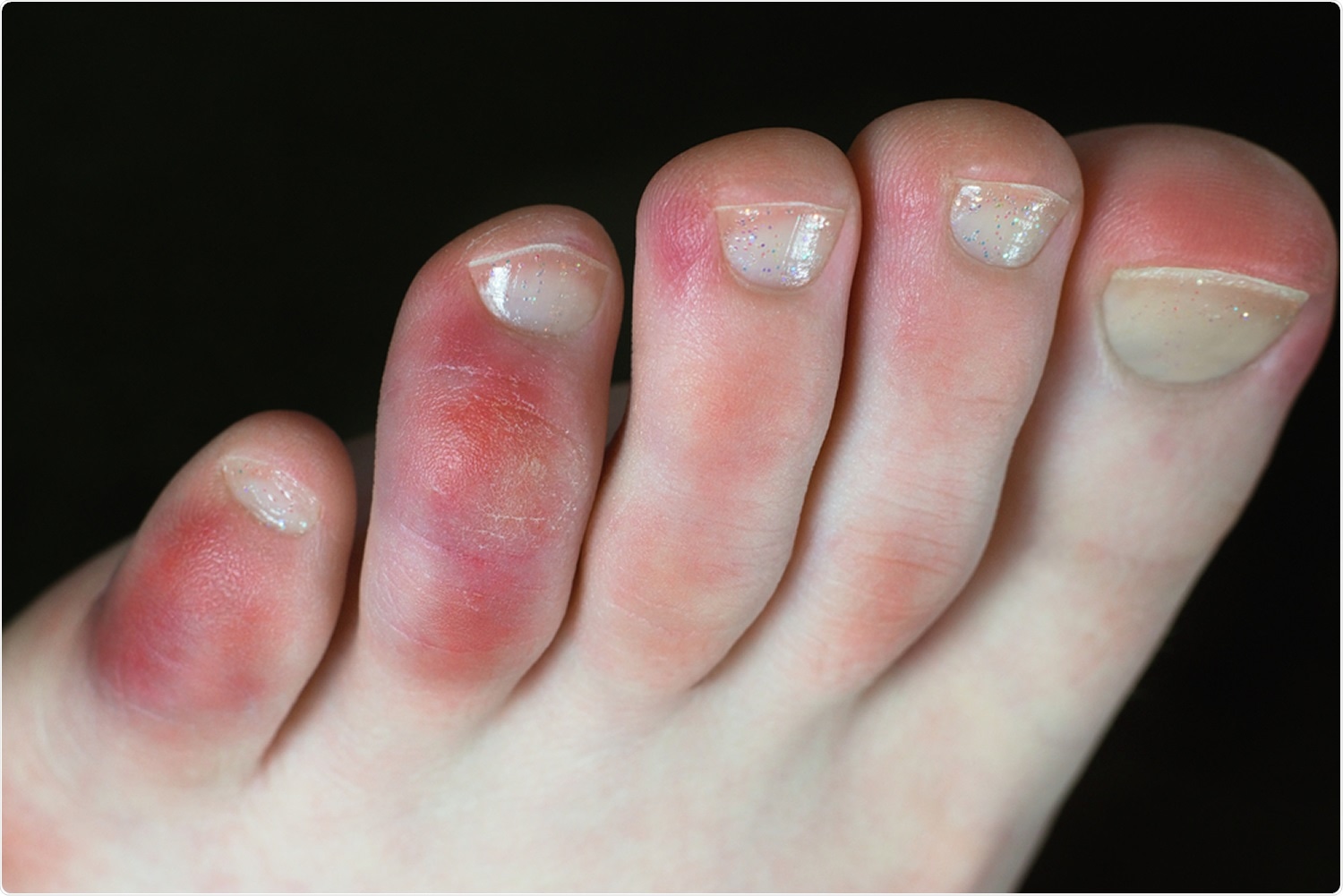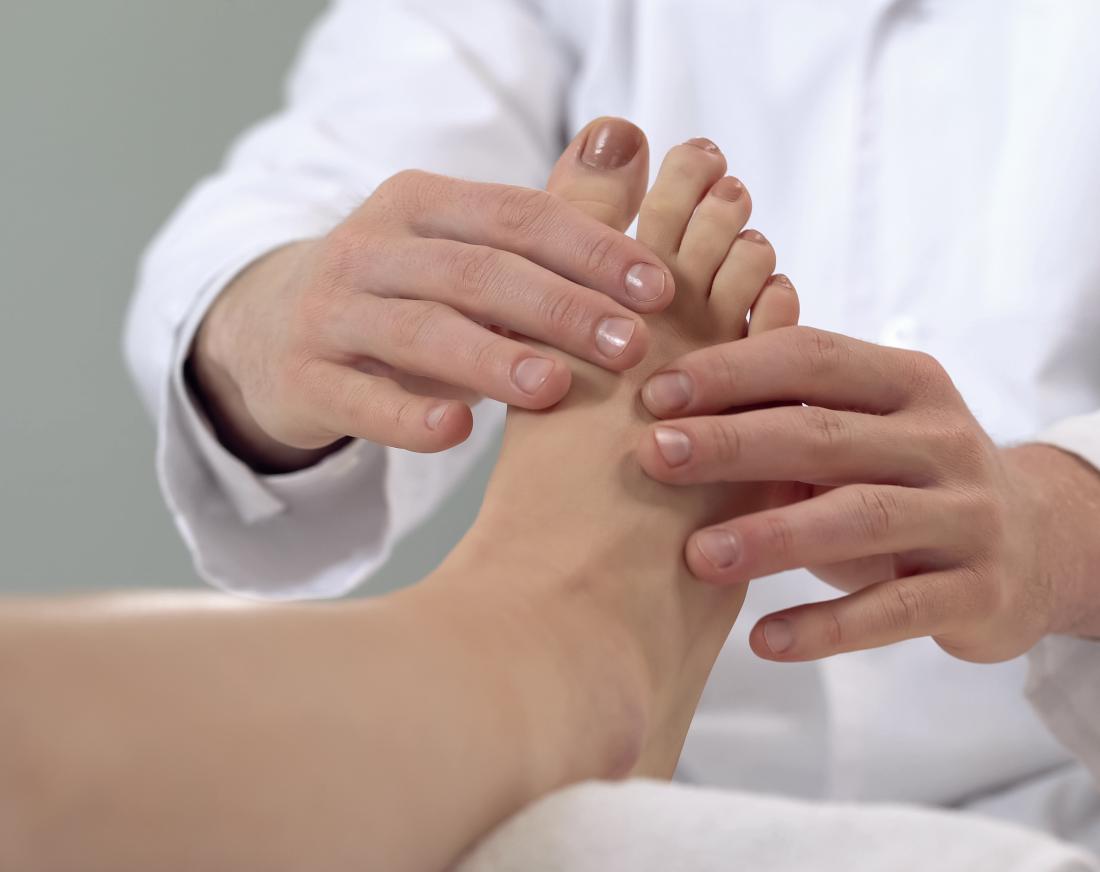

If left untreated, it can damage the lymphatic system and cause lymphedema. Mycobacterium is a class of bacteria that is slow-growing and causes tuberculosis and leprosy among other infections. subacute) level or that tend to exist within the lymphatic system can cause lymphedema if not treated in an expedient manner.
Infection: Short-term infections do not cause lymphedema however, long-term infections can. However, physical activity can help move lymph and slow the progression of lymphedema. There is no effective way to repair the lymphatic system if the damage spreads throughout the affected body part (e.g. Radiation of the legs or pelvis for bladder, gynecological, or lower abdominal cancer can cause scars that restrict the flow of lymphatic fluid throughout the body and lead to lymphedema of the lower legs. Radiation treatment: Used for cancer, radiation can also damage many of the different lymphatic vessels and cause lymphedema. #Swollen painful toe no injury skin#
Over time, lymphedema can cause hardening of the skin and a "woody" texture to the leg or affected foot. Without those lymphatic structures, it can be difficult to drain lymphatic fluid from the body and lymphedema can result. In surgery to remove cancers in the pelvis, a certain number of lymph nodes will be removed to ensure that cancer has not spread or to control any potential spread. In some cases, removal or destruction of the lymphatic system is the goal. Surgery on the leg, abdomen, or pelvis can destroy or injure lymphatic vessels that are necessary to drain lymphatic fluid from the body.
Surgery: Surgery for anywhere in the body requires a surgeon to separate or even destroy structures to gain access to the area that needs to be operated on. The treatment for compartment syndrome is to decompress the leg with an emergent surgery known as a fasciotomy.Ī lymphatic blockage, also known as lymphedema, is a chronic condition that can be caused by surgery that blocks the vessels that allow lymph to flow out of the legs (e.g. Soccer players and long-distance runners may experience severe swelling of the muscles of their lower legs after a long period of intense running followed by severe pain and then numbness. Unlike peripheral artery disease, this can occur without any arterial blockage and is known to occur in young athletes, especially after long periods of physical exertion. Compartment syndrome: This occurs when swelling of the muscle stops the flow of blood to the lower leg. If you suspect that you may have lost blood flow to your leg it is important to seek medical care immediately. When peripheral artery disease causes blockage of the artery, the leg will become severely painful for a short period of time and then it will become cold compared to the opposite leg. 
Without proper blood flow, the leg may become cold and die, necessitating amputation (e.g.
Peripheral artery disease: This is a disease in which the arteries that provide blood flow to the lower legs are gradually closed off by cholesterol or fats over time. If clots are not treated properly, they can travel to the lungs and lead to death. plane or car rides) may also predispose an individual to form a clot. Surgery and a sedentary lifestyle or a long period of sitting (e.g. Additionally, individuals with cancer may be predisposed to form clots as a side effect of their malignancy. Venous thrombi (or clots) usually only affect one leg at a time and are formed when there is damage to a blood vessel causing turbulent flow (e.g. Venous thrombosis: This refers to a clot in the blood vessels that return blood to the heart after it has traveled to the tissues. Blocked veins cause blood to pool in the foot or leg and blocked arteries will cause severe tissue damage and mild swelling. Blockage of either type of blood vessel will cause swelling. Blood flows into the leg through arterial circulation and out of the leg through venous circulation. Blood vessel blockageīlood can build up in a single leg, causing swelling of the foot. Swelling of one foot may be caused by a blockage of blood vessels, a blockage in the lymphatic system, or trauma.






 0 kommentar(er)
0 kommentar(er)
